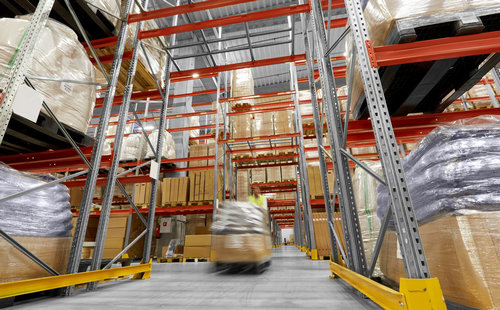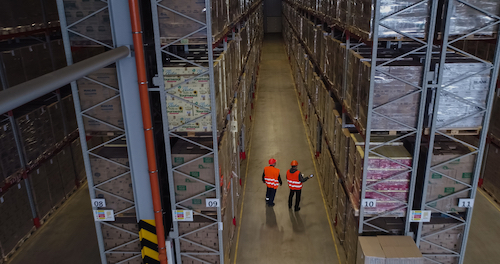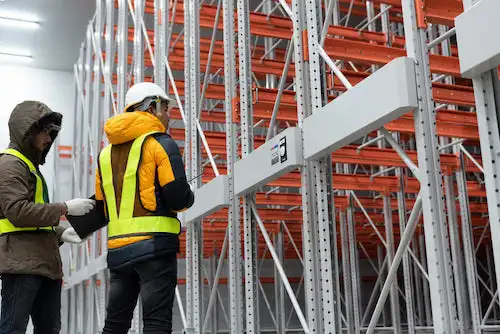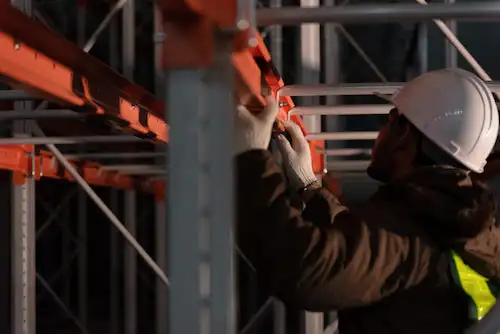Drive-in racking systems are an ideal way of not only sprucing up your warehouse, so it has a competitive edge, but of making your current supply chain more effective. A drive-in racking system is a perfect solution to some of the many challenges that plague storage facilities. Let’s inform you about the pros, the cons, and what lies in-between this revolutionary method.
What is a drive-in racking system?
A drive-in pallet system or rack is currently one of the most used methods of storage handling. It is an excellent handling solution for high-volume SKUs. This system packs a punch in a truly small space. The best thing about them is that their design is relatively simple. Also, the system needs little retrofit of your current conditions to accommodate.
How does a drive-in pallet racking system work?
A drive-in racking system works the following way:
- Pallets are placed on a static parallel structure consisting of rails instead of carts and wheels. One on top of the other.
- These pallets remain stationary in a set of stand-by patterns until they are removed and relocated by the forklift.
- The system allows you to store a greater number of pallets.
- It permits you to scale up your operation, taking in more inventory, without having to lease or purchase more warehouse space.
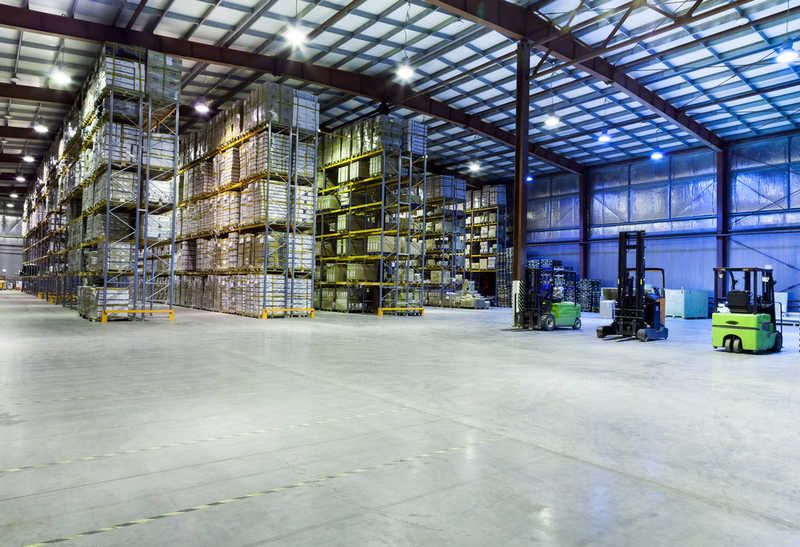
Types of drive-in racking systems
- Single entry: forklift access is granted on one side. This is the standard drive-in racking system configuration — most widely used in the food and beverage industry since it is ideal for coolers and large freezers.
- Double-entry: forklift access on both sides of racking — this system was designed to allow quick access to pallets from the rear. Normally, this type of structure varies, and over time, to differentiate itself, it has acquired the nickname of “drive-through racking system.”
Benefits of a drive-in racking system
Warehouse space optimization
A drive-in racking system allows you to reconfigure your warehouse space — Cutting out the fat and making it leaner and more efficient. By moving to an optimized line and storage configuration clients have managed to grow their storage space by 80%.
Having a versatile and dense-oriented system with fewer aisles allows you to use less space.
High-density storage
One of the main, and oftentimes most important benefits of a drive-in racking system, is the fact that it allows you to better your density storage. It maximizes your warehouse and adds value to it. This type of system has the potential to multiply the amount of usable square footage. A properly optimized system can withstand between 6-8 pallets deep.
Easy to move, change the structure, and upgrade as needed
With a few training sessions, your employees and warehouse personnel can become incredibly adaptable in managing this type of system. Its cross-beam patterns are easy to navigate. All your employees, particularly your forklift drivers, need some added training on loading procedures.
Another great advantage is that the system is easily upgradable — you can add more storage with just a few fixes.
Great for storing a large number of homogenous materials
The versatility of a drive-in racking system has its limits — which doesn’t necessarily make it a con. Most of these systems are optimized for one type of product or material.
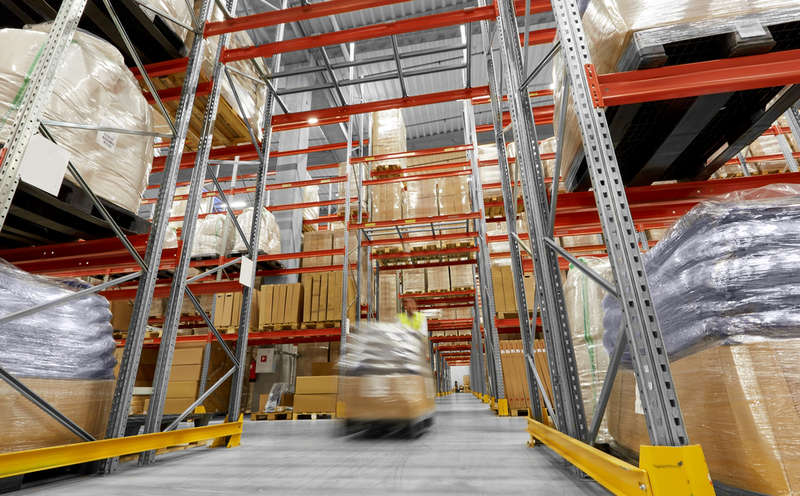
Low maintenance and low assembly costs
A drive-in racking system is extremely affordable and easy to assemble. Not only that, but due to its high quality and durable materials, it is exceptionally practical when it comes to maintenance.
Disadvantages of a drive-in pallet racking system
Drive-in racking systems are mainly used in certain industries, and not all, because their configuration, to truly harness its potential, only allows for the storage of one type of product.
Another possible disadvantage is that managers will have to address their current inventory management criteria. Systems of this type, due to their stationary method, may cause problems with inventory and bookkeeping.
Finally, it’s important to note that forklift drivers will have to take a course or at least familiarize themselves with the new system – following guidelines by OSHA and supported by your facility manager to retrieve and place pallets without damaging the structure.
Drive-in racking system and your warehouse
Finding a system that meets your needs can be challenging. Nonetheless, this unique type of racking system is a versatile solution that will optimize your distribution and storage capabilities. To gain insight about advantages and disadvantages specific to your unique operations, feel free to contact us for consultation.
 Skip to main content
Skip to main content

